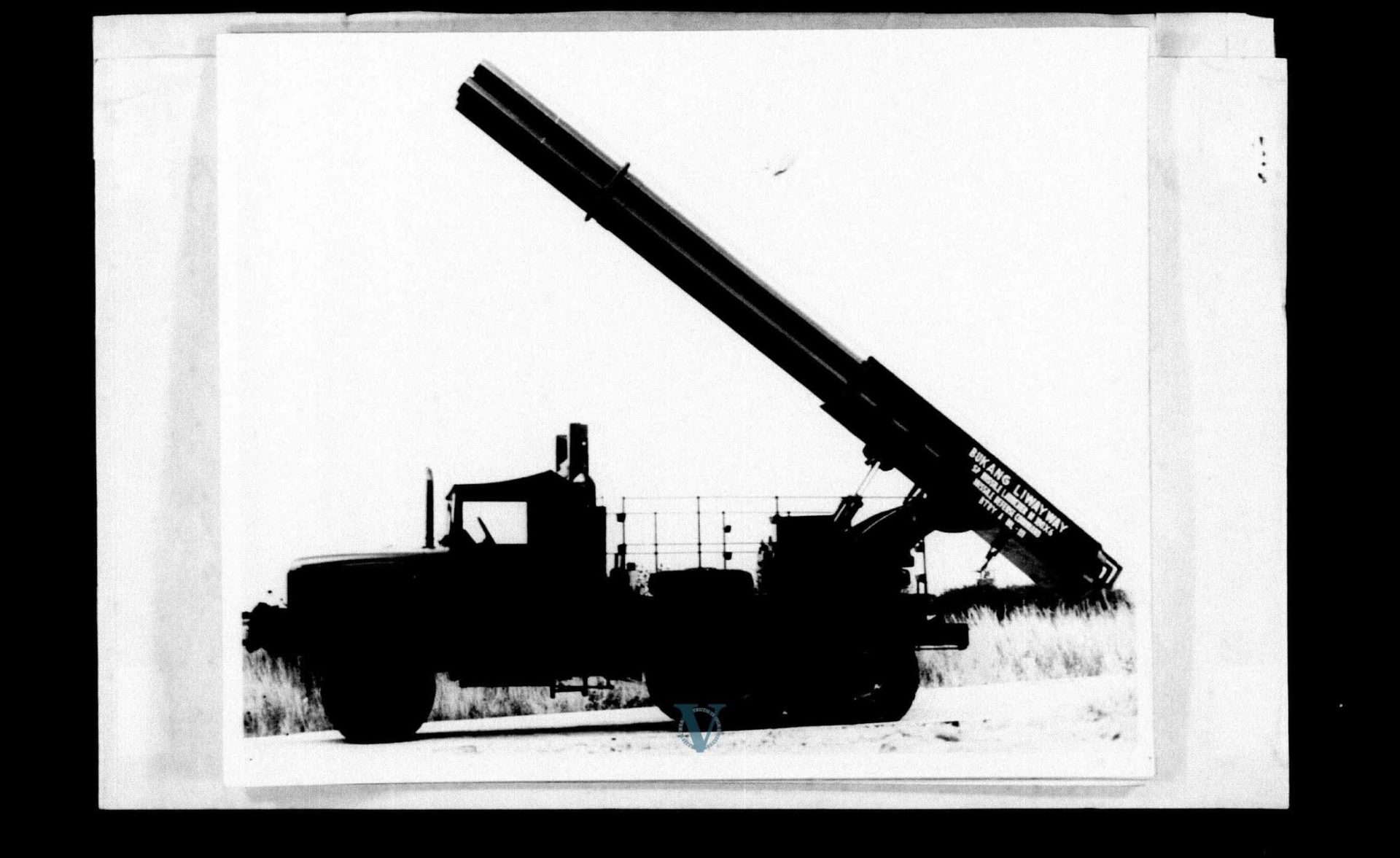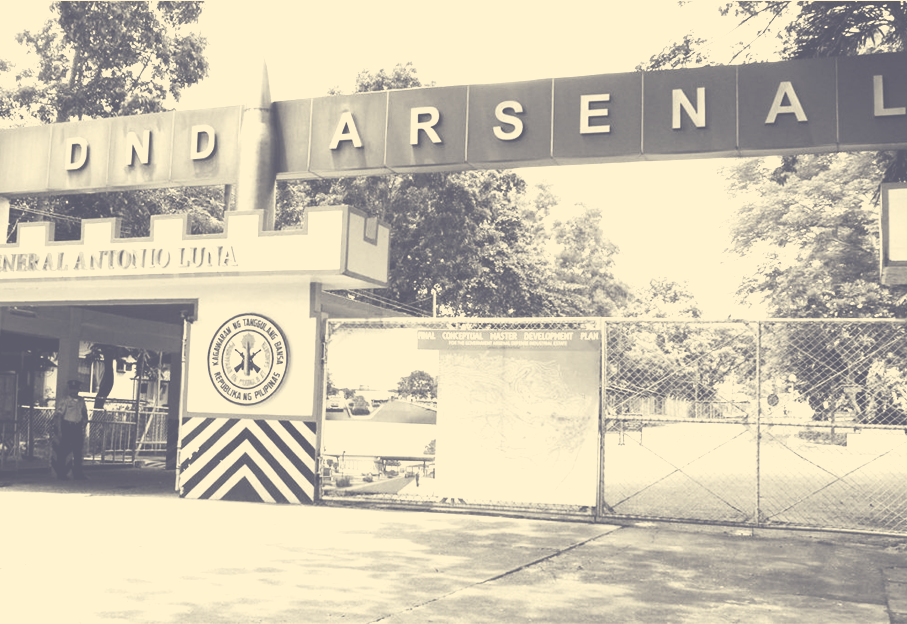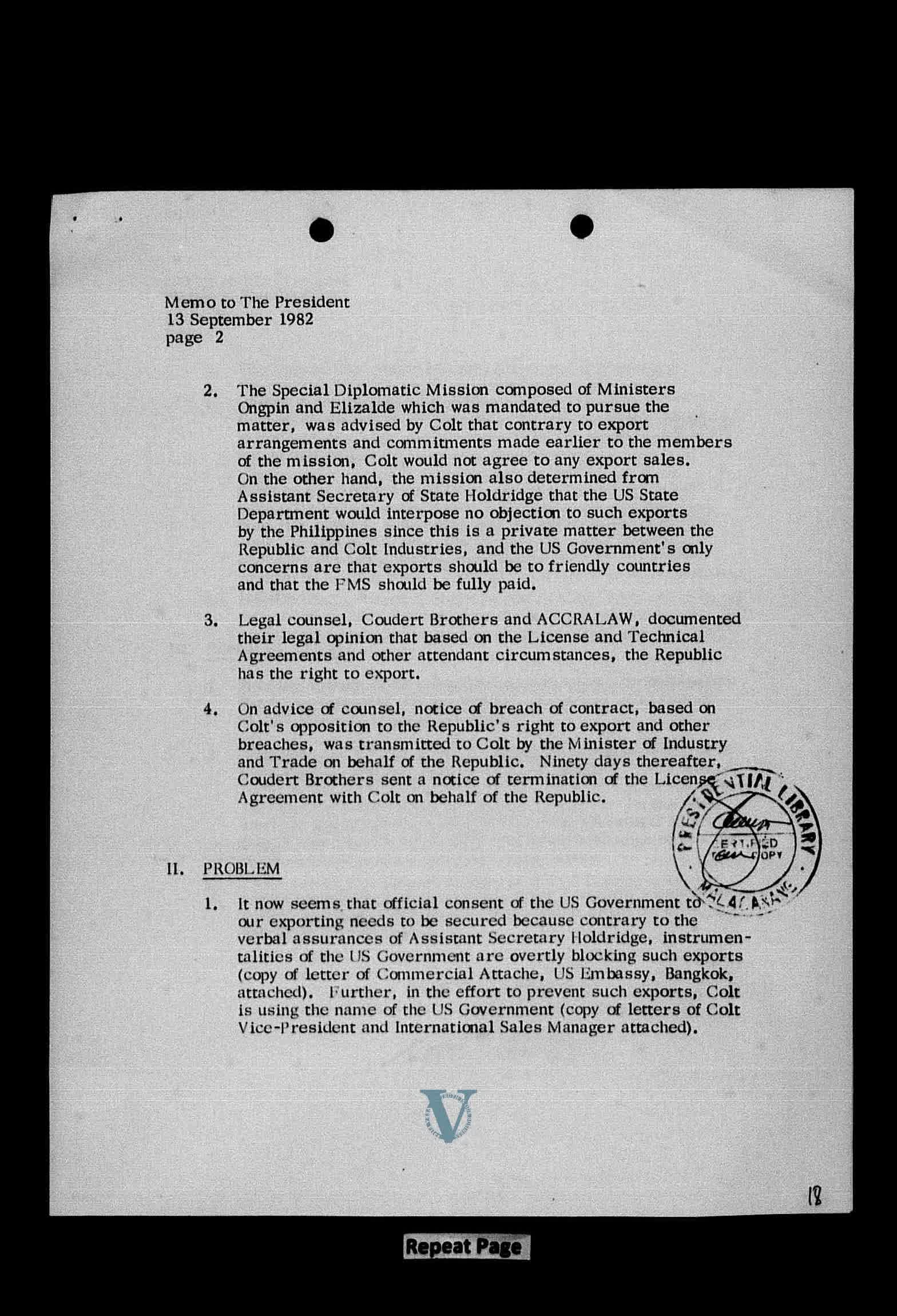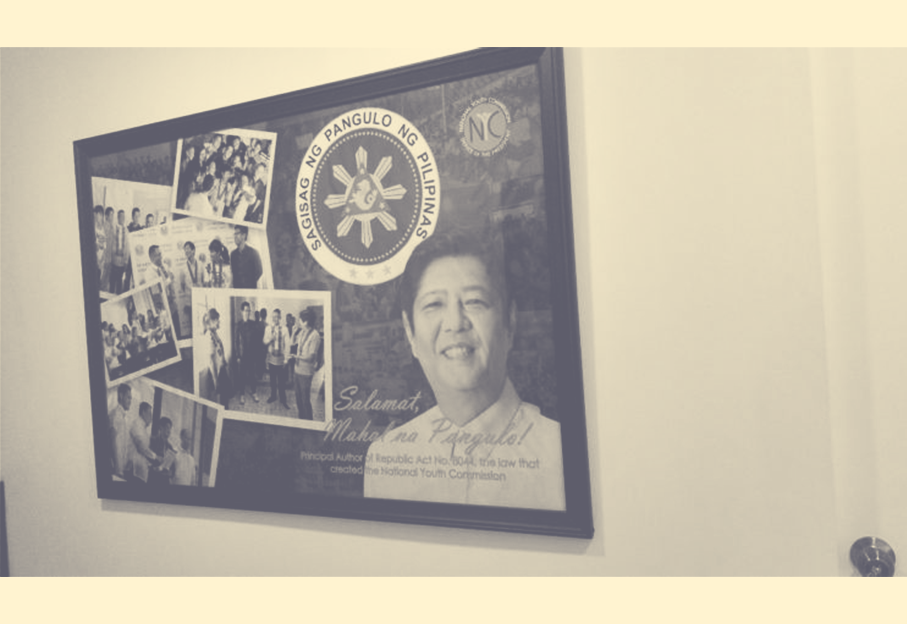Originally published by Vera Files on June 15, 2024
It was my nearly seven-year-old son, who occasionally plays “retro” (2000s) video games, who helped me figure it out. I was puzzling over why the so-called Bagong Pilipinas hymn seemed so familiar. While we were listening to the song, my son asked, “Why does that sound like the Wii Sports song?” Indeed, the guitar riff/backing piano of the hymn sounds awfully similar to the main motif of the title theme of Wii Sports, which was released in 2006. That motif in turn sounds very similar to the piano riff of the 1987 song “The Promise” by When in Rome. The Wii Sports theme seems more reminiscent of the hymn, however, because both seem to seek the evocation of triumphant feelings—also, they appear to be in the same key, B major, while “The Promise” is a four-chord song in C major.
My son goes to public school. I do not know if his school will fully comply with Memorandum Circular no. 52, s. 2024, “Prescribing the Recital of the Bagong Pilipinas Hymn and Pledge During Flag Ceremonies,” signed by Executive Secretary Lucas Bersamin, by authority of the president of Bagong Pilipinas, Ferdinand “Bongbong” Marcos Jr. If my son does have to hear the hymn during their weekly flag ceremonies, he may end up thinking about those times we played Wii bowling together instead of nationalism.
Of course, many other songs utilize a similar-sounding pattern. I do not have sufficient musical knowledge (I only had about four years of half-forgotten piano lessons followed by four years in a high school choir) to say much more about the song as a musical piece, deferring instead to more musically inclined critics who have noted that the melody is “awful,” and the song overall is a “[light] pop song” and “more of a campaign tune than a pledge of allegiance to the country.” As noted by the Philippine Daily Inquirer article quoting those critics, the hymn’s composer, the person(s) who wrote the lyrics, and the performers behind the only known studio recording of the song were not mentioned in the Malacanang announcement about MC no. 52. Republic Act no. 8491, the Flag and Heraldic Code of the Philippines, specifies that “National Anthem, whether played or sung, shall be in accordance with the musical arrangement and composition of Julian Felipe”; what’s to stop people from singing the Bagong Pilipinas hymn however they want, since MC no. 52 does not specify whose musical arrangement and composition of the song to follow?
Bagong Pilipinas Kick-Off Rally
The song was performed live (with a lengthy drum-and-dance interlude) toward the last hour of the multi-million peso Bagong Pilipinas Kick-Off Rally that took place at the Quirino Grandstand in Manila on January 28, 2024. That event was first scheduled to take place in December 2023. It is unclear if the song debuted during the rally; the numerous performers were announced by the event’s two emcees (one of whom was Bongbong’s first cousin once removed, Paolo Bediones) but the brains behind the song were not mentioned during the Kick-Off. Bongbong did not draw any particular attention to the song, which was sung before he gave what sounded very much like a campaign speech, about a year and seven months after he took his oath of office as president, saying that Bagong Pilipinas is not merely a slogan, but a set of ideals, before resorting to trite sloganeering (for instance, “Sa Bagong Pilipinas, bawal ang waldas.”)
More information about the song finally became readily available with the release of “Music Video Highlights of the Bagong Pilipinas Kick-Off Rally,” basically a “lyric video” for the song, uploaded on the YouTube Channel of Radio Television Malacanang (RTVM) on February 2, 2024. The video’s description states the following: “Ang musikang ginamit ay may pamagat na ‘Panahon ng Pagbabago’ na isinulat ni Florante, inayos ni Marvin Querido at may karagdagang komposisyon ni Jedi Cris Celeste” (underlining mine). Now why would the government not want to highlight that these talented individuals are now the composers and arrangers of a mandatory flag ceremony song, especially folk rock icon Florante, composer of “Ako’y Pinoy” (which he performed at the Kick-Off Rally) and a true-blue Marcos loyalist?
Florante
Florante said during a concert in 2016 that his song “Upuan,” written in 1983, after the assassination of Marcos opposition leader Benigno “Ninoy” Aquino Jr., was made with Ferdinand Sr. in mind. He asked that the audience imagine that the persona singing the song is the late president; its lyrics present him as a sympathetic character, tired but dedicated to duty: “Nais ko ng magpahinga/Marami na ’kong nagawa at natulungan/Ako’y labis na nag-aalala/Baka itong mga aso ay maulol at magwala,” the potentially rabid “dogs” being Marcos’s Armed Forces chief of staff Gen. Fabian Ver and Philippine Constabulary chief Gen. Fidel Ramos.
Bongbong brought Florante with him during his official visits to Hawaii in the US and Vietnam to entertain the Filipino communities in those countries. In Hawaii, Bongbong said that Florante was his constant companion while they were in exile there.
Note that the February 2024 lyric video for Florante’s co-creation states that the song’s title is “Panahon ng Pagbabago,” while the title used above the lyrics annexed to MC no. 52 is “Panahon na ng Pagbabago,” a line repeated in the song six times. Which is it? Schoolchildren, who may have to write the correct title in exams or state it in graded recitations, need to know. They already have a hard time remembering the correct title of “Lupang Hinirang.”
Bagong Pilipinas pre-launch by PNP
Again, it is unclear when the song was first released. During the “pre-launching” of the Bagong Pilipinas campaign by the Philippine National Police, held on January 24, 2024 at the PNP national headquarters in Camp Crame, what was played repeatedly was not the hymn, but something that evokes terror in many and fascistic fervor in many others: “Bagong Pagsilang,” the march of the “Bagong Lipunan” of dictator Ferdinand E. Marcos. In the video of the pre-launching uploaded by the PNP on Facebook, at the 44:15, 45:51, and 47:51 mark, the rock rendition of the song by the band Plethora—who sometimes accompanied Bongbong during his presidential campaign rallies—can be heard. (Incidentally, Plethora released a completely different “Bagong Pilipinas (New Philippines)” song on YouTube a day after the January 28 Kick-Off rally; did they unsuccessfully pitch their work as a potential Bagong Pilipinas anthem?) During the “ceremonial pinning of the Bagong Pilipinas pin,” (starting at the 46:50 mark) the more traditional choral and marching band arrangement of “Bagong Pagsilang” was played.
Instead of the Bagong Pilipinas Pledge/Panata sa Bagong Pilipinas, the police (at the video’s 49:43 mark) recited a Pledge of Commitment that starts with, “I pledge to embrace the vision of Bagong Pilipinas.” About twenty minutes later, there is a cauldron-and-torch-lighting ceremony, which is punctuated, at the 1:12:59 mark, by the playing of a brief snippet of “Bagong Pagsilang.” Toward the end of the ceremonies (after the 1:15:59 mark) everybody sings the march (referred to as the “Bagong Lipunan hymn”) accompanied by the PNP band. While many of the younger officers seemed to simply stand in attention, National Intelligence Coordinating Agency head Ricardo de Leon—aide of Imee Marcos during the dictatorship, who escorted the Marcoses to Hawaii after the 1986 revolt—and some senior officers can be seen singing the song they appeared to know by heart.
It was as if the PNP were saying that they understood plainly: Junior’s “Bagong Pilipinas” is simply the revival of the elder Marcos’s Bagong Lipunan.
Imelda Marcos’ role in Bagong Lipunan creation
Both critics and supporters of the whole Bagong Pilipinas campaign have already noted this. But it is difficult to locate any written order, from one-man lawmaker Marcos Sr. himself or the secretary of what was then called the Department of Education and Culture, mandating the singing of “Bagong Pagsilang” during flag ceremonies, which was certainly done. The song’s lyrics could be found in numerous publications a few months after martial law was declared. It was in books about the 1973 Philippine Constitution. It was in copies of the Philippine Journal of Education. It was in history textbooks. Interestingly, it is not in the 1979 edition of Binhi: Sining at Komunikasyon I, one of the World Bank-funded textbooks issued for public schools. The book does contain a poem titled, “Imelda, ang Uliran,” by Leticia S. Guzman Gagelonia, which starts with the following stanza: “Ang pangalang Imelda ay bukambibig kahit saan/Binibigkas na malimit ng kakampi o kaaway/Sa sandaling makaharap si Imelda ng sinuman/Madarama’y kasiglahan ng damdami’t kalooban.” One wonders if poets will soon swoon over Liza Araneta Marcos and make their work mandatory reading. Such textbook contents—including English-language ones containing lines such as “In the nation there is one mother – Imelda R. Marcos”—were removed after the EDSA Revolution.
The mother who brought joy to all is often described to have been involved in giving birth to “Bagong Pagsilang.” In his October 17, 1972 diary entry, Marcos Sr. said, “Before lunch I listened to the Philharmonic and the governments choral group rendition of the Bagong Pagsilang (A Rebirth) a march, and Bagong Lipunan (New Society) a hymn. Inspiring and moving. Imelda who asked composer Felipe de Leon to compose them is also thinking of plays in the Cultural Center and a movie on the New Society.”
At least one source claims that Imelda not only commissioned the songs, she also helped write the lyrics, which are attributed to Levi Celerio. A Times Journal article from September 20, 1979 says that Imelda did write the lyrics to a patriotic song, but not the Bagong Lipunan hymn or march. It was called “Maharlika,” a tribute to the seventh year of the New Society (almost fourteen years of the Marcos Sr. presidency overall) and was set to music by another esteemed composer, Lucio D. San Pedro. Its full lyrics were, “Ako’y isang Maharlika/Maka-Diyos/Ako’y isang Maharlika/Makabayan, makatao/Ang likas ng aking pagkatao/Ay ang maging Maharlika.” It wouldn’t be out of place today, given that, according to the Flag and Heraldic Code of the Philippines, the national motto is “Maka-Diyos, Maka-Tao, Makakalikasan, at Makabansa,” and Bongbong is insisting on making the word Maharlika—the name of his father’s fictitious guerrilla unit—nationally relevant again.
George Canseco’s Ako ay Pilipino
Imelda’s song did not catch on. It was another patriotic Marcos-era anthem that contained the word that continues to be cherished (especially by the Marcoses and their loyalists) today: “Ako ay Pilipino,” written by George Canseco. Commissioned by the Marcoses, the song, which opens with the lines “Ako ay Pilipino/Ang dugo’y maharlika,” was first performed during the third inauguration of Marcos Sr. as president on June 30, 1981. Interestingly, two weeks after Canseco’s song was first heard publicly, he was accused of being a plagiarist, allegedly copying a religious song titled “The Tribute.” The song was actually titled “My Tribute (To God Be the Glory),” written by American gospel singer Andrae Crouch, and first released in 1972; parts of its chorus (To God be the glory/To God be the glory…) do sound uncannily similar to that of “Ako ay Pilipino.” In its September 12-15 issue, WE Forum published a letter from Canseco refuting the charge. He said he had never heard “The Tribute” before he wrote “Ako ay Pilipino,” but acknowledged the similarities when he heard the former weeks after Marcos’s inauguration. He called the “seeming similarity in part of THE TRIBUTE to AKO AY PILIPINO a freak accident.” He also defended the value of his work by praising it: “There is no denying the fact that almost every one who has listened to Ako ay Pilipino admits that he gets goose-pimples….No one can deny that most true-blooded Filipinos revere this song.” Will Florante similarly defend himself from Bagong Pilipinas hymn detractors by praising himself?
(Of course, Bongbong continues to use “Ako ay Pilipino.” Actress-singer Toni Gonzaga sang it during the proclamation rally for the Bongbong Marcos-Sara Duterte “Uniteam” tandem in February 2022. Besides preferring Gonzaga—perhaps partly due to her husband being a blood relative of his wife—Bongbong probably could not get the singer most associated with the song, Kuh Ledesma, to sing it, since she campaigned for another presidential candidate, Leni Robredo. With the Bagong Lipunan hymn, Bongbong has added another song with elements seemingly copied from earlier compositions in the Marcos repertoire.)
Going back to “Bagong Pagsilang”: most sources emphasize that Imelda was at best a patron—at worst a taskmaster—of the artists behind the Bagong Lipunan hymn and march. Here is a passage from Antonio Hila’s The Musical Arts in the New Society, a book published by the Imee Marcos-led Marcos Presidential Center in 2007:
In the musical circle, the commissioned new set of two songs, “Bagong Lipunan Hymn” and “Bagong Pagsilang March,” composed by Felipe P. De Leon, Sr., heralded a new hope of patronage for the serious classical composers, who, like his fellow artists in the other artistic fields, did not receive much support and encouragement before the Martial Law years. The songs which were scored in a hymn and a march tugged at the hearts of many listeners as they were written in the patriotic vein, using the folk tune “Inday sa Balitaw” in the hymn and the strains of the “National Anthem” in the march. Handsomely arranged for mixed chorus, the songs were sung by practically all choral groups that proliferated at the time both in the public as well as the private sectors.
Military men in two trucks fetched composer Felipe de Leon Jr.
Felipe de Leon Jr., in an interview published in the Musika journal in 2014, said that shortly after martial law was declared, in keeping with Imelda’s wishes, the military visited their home to ask his father to compose the first two pieces in the Bagong Lipunan canon: “Two days after the declaration of Martial Law, merong pumunta sa bahay na dalawang truck ng military, nang alas dos ng umaga, pinapatawag daw siya [De Leon Sr.] ni Imelda (at sinabing), ‘Kailangan namin sa Linggo ng dalawang bagong musika para maging opisyal ang pagtanggap ng mga tao sa bagong [lipunan]. Kailangan meron tayong imno at saka martsa.’” De Leon Jr. recalled. De Leon Jr. was asked by his father to help start writing the march to meet the deadline they couldn’t contest.
De Leon Sr. had been “asked” by the powers that be to compose a patriotic song once before: in 1942, during the Japanese Occupation, he was commissioned to write a song to replace Lupang Hinirang. The song’s title? “Awit sa Paglikha sa Bagong Pilipinas.”
Thus, whatever one thinks of “Bagong Pagsilang,” given the talents behind it, it served its purpose well. The grand Kasaysayan ng Lahi parade of 1974, held to inaugurate the Folk Arts Theater, which showed Philippine history from pre-Hispanic times up to the New Society era with a cast and audience of thousands, ended, as per a description in the July 27, 1974 issue of government-controlled Focus Philippines, with “ROTC [college-level Reserve Officers’ Training Corps] and PMT [high school-level Preparatory Military Training] cadets carrying lighted torches [singing] Bagong Pagsilang.” Footage of the parade shows flag-waving elementary school-age children singing the song as well.
Raul Casantusan Navarro, in the book Musika at Bagong Lipunan, while being largely critical of the martial law regime and its propaganda, says this of the song’s lyrics:
“Maganda ang larawang ipinapakita ng awit na ito sa pagpapalit ng panahon mula sa karimlan ng gabi…patungo sa tunay na liwanag sa pagdating ng umaga na kinakatawan ng Bagong Lipunan sa awit….Sa titulo pa lamang ng awit ay makikita na ang tema ay muling pagsimula sa pagbuo ng bayan upang gawin itong matatag at masagana para sa bawat Filipino.”
Navarro recalled that all schoolchildren were required to sing “Bagong Pagsilang” and the Bagong Lipunan hymn, and that those were the songs accompanying early morning radio news programs. Mix this sonic bombardment with exposure to various textbooks glorifying the Marcoses, and it becomes easier to understand why many still believe that the presidency is Bongbong’s birthright.
So why ditch such a storied song, which was played ad nauseam during Bongbong’s campaign events, which the police was apparently ready to re-adopt, for one with repetitive music and lyrics, which brings to mind either a late 2000s video game theme or a 1980s pop tune? Is it simply the insistence that there is something “new” (not novel) in Bagong Pilipinas? The saxophone-playing president—who has repeatedly said that he wanted to be a rock star when he was growing up—largely stood (though not exactly still) while the song played during the flag raising ceremony for 2024 Independence Day rites, occasionally grinning or seemingly trying to sing. Does he not find the Bagong Pilipinas hymn “inspiring and moving,” as his father found the Bagong Lipunan anthems?
Perhaps the juxtaposition is part of the point of MC no. 52: schoolchildren and the bureaucracy are forced to repeatedly say “Bagong Pilipinas” every week, precisely to make way for fond revisitings of the old Bagong Lipunan. For once, it becomes accurate to say that something was better during the martial law era; “Bagong Pagsilang” stirs something—patriotism, terror, maybe the desire to inflict terror—in most of us, while “Panahon [na] ng Pagbabago” seems to inspire only ridicule.
Cover photo from Jam Sta Rosa/AFP














































